Hello Readers: Before we get to PIREPS, have you thought about your weight lately? Do you know what your Body Mass Index is? BMI will give you a good indication of where you stand on weight. This through the courtesy of Karen Miller-Kovach, RD, Chief Scientific Officer of Weight Watchers In'l, the formula: Divide your weight, multiplied by 703, by your height in inches squared. You should comeout somewhere between 20 and 30. 20 to 30 - optimal, 25 to 30 - overweight, and 30+ - Obese.
Now the PIREPS - What are they? Get out your Acronym reader.
Pilot reports are inflight, usually en route, weather reports to help other inflight pilots know what is up ahead of them. You can check PIREPS either prior to your takeoff or en route. Or if need be, you can contact the pilot directly to ask his assesment of the weather. Normally you would contact your FSS (Flight Service Station) and get EFAS (En route Flight Advisory Service).
EFAS (Flight Watch) is a service specifically designed to provide, upon pilot request, timely weather information pertinent to type of flight, intended route of flight, and altitude. This service is within the FSS system, and is listed in any Airport/Facility Directory.
FAA, through the air traffic facilities, is required to solicit PIREPS when the following conditions exist - reported or forecast:
1. Ceilings at or below 5,000 ft.
2. Visibility at or below 5 miles - surface or aloft.
3. Thunderstorms and related phenomena.
4. Icing conditions of a light or greater degree.
5. Turbulence of a moderate degree or greater.
6. Wind shear, reported or forecast, and volcanic ash clouds.
Pilots are urged to cooperate and volunteer reports of cloud bases, tops and layers; flight visibility; precipitation; visibilitity restrictions such as haze, smoke, or dust; wind at altitude; and temperature aloft.
PIREPS should be given to EFAS, AFSS/FSS, ARTC (Air Route Traffic Control), and terminal ATC. The EFAS (Flight Watch) facilities, as mentioned, has the specific duty of collecting and exchanging PIREPS with en route aircraft. If pilot are not able to make PIREPS by radio, then the reports should be given to the local FSS upon landing.
Some of the uses of PIREPS areas follows:
ATCT (Tower) uses the reports to expedite the flow of air traffic locally.
AFSS/FSS uses the reports to brief other pilots inflight and en route.
ARTC uses the reports to expedite the flow of en route traffic.
NWS (National Weather Service) uses PIREPS to verify or amend conditions contained in Aviation Forecasts and Advisories, and pilot weather briefings.
There are numerous pages of information in the FARs regarding PIREPS, their importance, and specifically how to prepare and use them. Pilots should take the time to digest this information in the FARs, with the idea of participating in PIREPS. Thanks for listening. R.S.
Thursday, August 30, 2007
PIREPS
Labels:
air travel,
Airline pilots,
airlines,
ARTC,
Aviation careers,
BMI,
cargo,
EFAS,
en route,
flying hours,
forecasts,
icing,
inflight,
NWS,
PIREPS,
tower operations,
turbulence,
Weather,
wind shear
Subscribe to:
Post Comments (Atom)

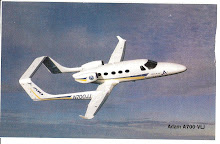




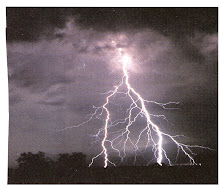

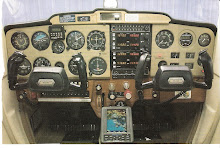
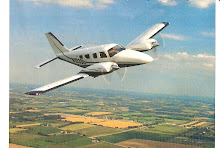
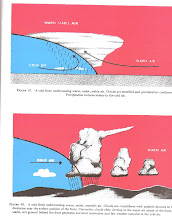
No comments:
Post a Comment